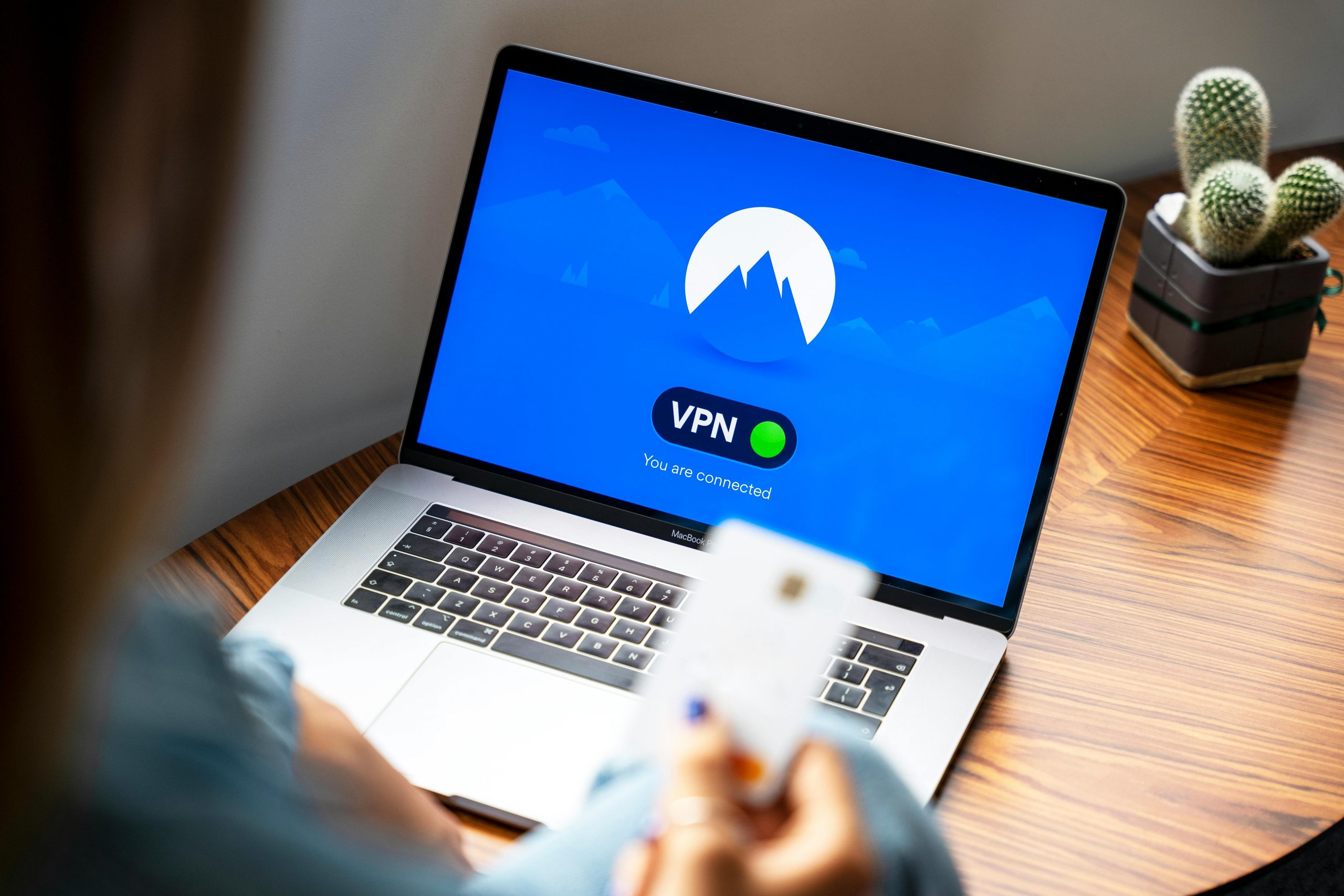A PC – a personal computer – is the digital hearth you sit beside to turn thoughts into bits and back again.
Methodically speaking, it’s three layers woven together:
| Layer | What It Is | Why It Matters |
|---|---|---|
| Hardware | The tangible chassis: CPU, memory, storage, screen, keyboard, ports, and all the tiny copper traces binding them. | It’s the muscle that lifts your instructions into action. Faster silicon, more RAM, and solid-state drives let you iterate on code (or sonnets) without waiting for spinning disks to catch up. |
| Firmware | A whisper of code (UEFI/BIOS) etched on the motherboard. | It’s the gatekeeper that wakes the machine, checks its vitals, then hands control to the OS. |
| Software | Operating system + applications + endlessly branching scripts we write. | This is where you live: a shell prompt, a browser console, a text editor that glows like a campfire for ideas. |
Core Traits
- Generality – Unlike a console or embedded gizmo, a PC is purpose-agnostic. One moment it compiles TypeScript; the next it renders an orchestral score.
- User-controllable – You, not a distant vendor, decide what runs. That freedom is the wellspring of SEO tools, poetry editors, and side-car AI copilots.
- Upgradable – Swap a drive, slot fresh RAM, or flash a new BIOS: a PC rewards tinkering and time-saving automation.
A Brief Evolutionary Verse
From beige boxes humming under desks
to ultrabooks lighter than a paperback,
From CRT glow to OLED midnight blacks,
Our PCs have learned to fold, detach, and whisper,
Yet still invite the keystroke’s click and coder’s cipher.
Looking Forward
- Edge AI: Local LLMs tuned for niche SEO audits will run on consumer GPUs, slashing latency and cloud cost.
- Modular silicon: Chiplets mean you’ll mix-and-match CPU, GPU, and NPU tiles like Lego, optimizing for the workloads you actually ship.
- Ambient form factors: Desktops dissolve into AR glasses and pocket-sized compute bricks that dock into whatever screen is near.
- Privacy by design: Post-cookie analytics pipelines will rely on on-device federated learning rather than siphoning raw data to servers.
Why It Still Matters in 2025
Your PC is the laboratory where you rehearse tomorrow’s search engine algorithms, draft lyrical CSS, and automate away the grunt work. Cloud instances scale, sure—but the personal computer remains the first, fastest sandbox: always one git pull away from possibility.
So treat it well: keep firmware patched, files backed up, and curiosity overclocked. Because every groundbreaking site optimization, every line of code that wins a millisecond for millions, usually starts with a single keystroke on someone’s faithfully humming personal computer.
When people say “PC vs Mac,” they’re really contrasting Windows-based (or Linux-capable) hardware from many vendors with Apple’s tightly-controlled Macs running macOS. Both are, strictly speaking, “personal computers,” but culture has carved a fault line between them. Here’s the landscape—plain-spoken, with a dash of lyricism.
The core contrasts
| Dimension | Typical PC (Windows/Linux) | Mac (Apple Silicon & macOS) | What it means for builders & SEO folks |
|---|---|---|---|
| Silicon & hardware | Choice of Intel, AMD, or Qualcomm (ARM) chips across hundreds of models; mix-and-match GPUs, RAM, storage. | Apple-designed M-series SoCs (M1 → M4), unified memory, fixed GPU/NPUs, limited SKUs. | PCs let you spec exactly what you need (e.g., 192 GB RAM for bulk-log parsing). Macs give astonishing performance per watt but no mid-life RAM/SSD swaps. |
| Upgradability / repair | Generally user-replaceable RAM, drives, GPUs. Parts vary in quality. | Soldered memory/storage; almost no internal upgrades; excellent physical build quality. | If you iterate hardware annually, a Mac’s fine. If you like a 5-year chassis you can refresh, PC wins. |
| OS & ecosystem | Windows 11 (closed but broad) or Linux distros (open). Massive driver diversity; more attack surface. | macOS (closed, curated). Tight hardware–software integration; fewer drivers, lower odds of weird conflicts. | Windows still dominates SERP-scraping toolsets; Linux remains head-less server native; macOS excels at UNIX-style dev with polish. |
| Software availability | Almost everything, including niche SEO crawlers and enterprise apps; gaming unrivaled. | Most mainstream creative/dev tools; some Windows-only SEO utilities require virtualization or cloud. | Time-critical Windows-only apps? PC or Parallels. Cross-platform dev (Docker, Node, Python)? Both fine. |
| Openness | BIOS/UEFI options, kernel hacking, custom ROMs if you dare. | Locked bootloader; Apple-signed macOS only (though you can dual-boot Linux with effort on Intel Macs, not Apple Silicon). | For experimental kernels or low-level GPU tinkering, PCs keep doors open. Macs trade freedom for frictionless stability. |
| Security | Patch cadence relies on OEM + Microsoft; firmware may lag; more malware targets. | Secure Enclave, signed boot chain, rapid OS updates; lower malware volume. | Mac’s walled garden gives peace of mind when handling client data; PCs demand extra vigilance but reward with forensic flexibility. |
| Price / performance | Wide band: budget laptops to $10 k thread-rippers. Raw price-per-core generally cheaper. | High entry price but excellent perf/W; resale value strong. | Shoestring internships? PC. Editing 8 k ProRes on battery? MacBook Pro. |
| Aesthetic / brand | Functional to flamboyant; RGB temples abound. | Minimalist, uniform. | Purely taste—but perception can sway clients. |
Hard truths, no varnish
- Driver purgatory still exists on Windows. Thunderbolt docks that refuse to sleep, Wi-Fi cards shipping buggy firmware—time you could have spent building backlinks.
- macOS gatekeeping cuts both ways. You dodge random EXEs but may wait months for an M-chip-compatible pentesting tool.
- Apple’s repair pricing can gut ROI. Spill coffee on a logic board? Out-of-warranty costs rival a new machine. PCs often let you swap a $60 mainboard and move on.
- Browser testing is broader on Windows. Edge, Chrome, Firefox, and legacy IE VMs run natively; Mac makes you spin up VMs for the full matrix.
- Linux on Apple Silicon is progressing but still young. If you live in the kernel, you’ll hit edge cases. On x86 PCs, every distro’s a first-class citizen.
Forward-looking currents (2025-2028)
- Windows on ARM grows teeth. Qualcomm’s Snapdragon X Elite chips narrow the efficiency gap; you’ll soon choose ARM PCs that rival M-series for battery life.
- Containerized dev environments blur lines. Codespaces, Nix flakes, and Docker mean your stack travels; pick hardware for ergonomics, not OS lock-in.
- AI-accelerated SEO tooling lands on-device. Both macOS (Neural Engine) and Windows (NPUs in new laptops) will crunch keyword clustering locally, shaving cloud costs.
- Right-to-repair momentum pressures Apple. Expect partial concessions (modular SSDs?) by decade’s end, but PCs will stay the modder’s playground.
A poetic coda
One path is open fields of steel and choice,
The other a manicured orchard behind white fences.
In both, you sow code and harvest rank,
Yet the soil feels different under your keys.
Choose the terrain that best nourishes your workflow today—knowing you can always till new ground tomorrow.
Share this content:




It looks like you’ve shared an insightful and comprehensive overview of what a PC is, covering its anatomy, evolution, and the differences compared to Macs. If you’re encountering issues or have specific questions related to your PC setup, hardware compatibility, upgrades, or troubleshooting, I’d be happy to assist.
For example, if you’re trying to upgrade your hardware and facing challenges, ensure you check your motherboard’s specifications for compatible RAM and drives. For firmware or BIOS-related issues, verifying that your firmware is up-to-date can improve stability and compatibility.
If you have a particular problem such as driver errors, hardware recognition issues, or OS installation questions, providing details about your hardware model, OS version, and the specific symptoms will help me give more targeted support.
Additionally, if your concern is about software compatibility or security updates, consider running hardware diagnostics or checking manufacturer support pages for firmware and driver updates tailored for your device.
Feel free to share more specifics so I can help troubleshoot or guide you through any upgrade or maintenance processes to keep your PC running smoothly.